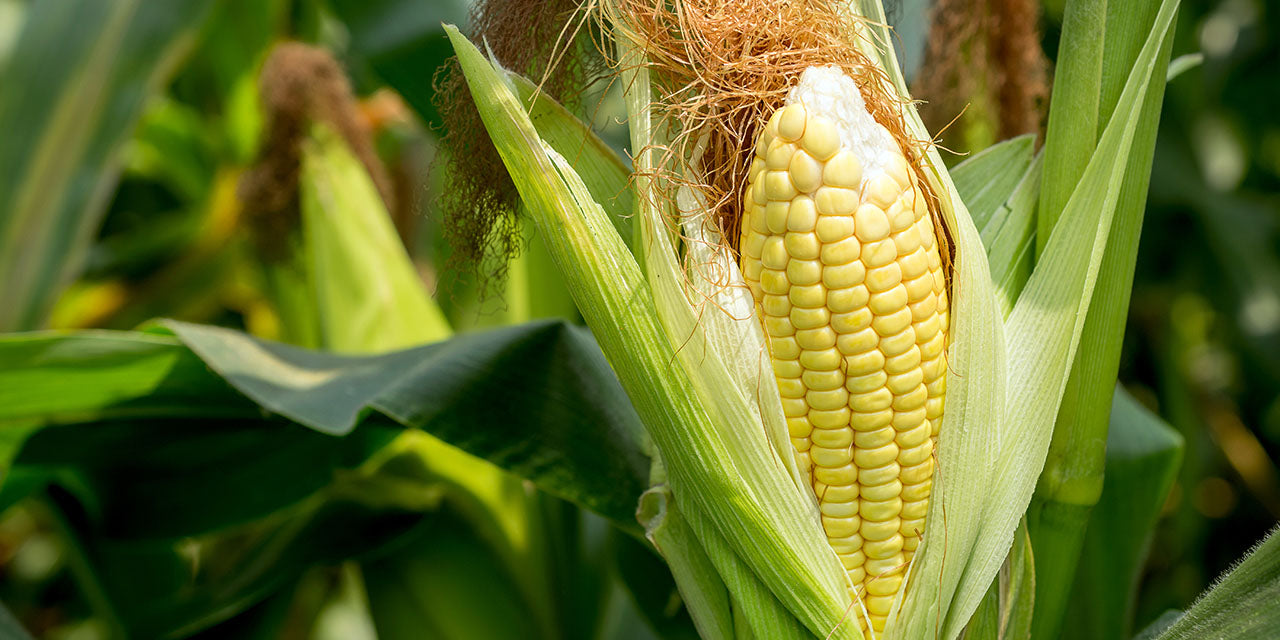1. Conventional Row Cropping:
The traditional method of planting corn in widely spaced rows (typically 30 inches apart) has been a cornerstone of corn farming. This practice allows for ease of cultivation, mechanical weeding, and facilitates the use of large-scale equipment.
2. Narrow Row Planting:
In a departure from convention, narrow row corn planting involves spacing rows closer together, often around 20 inches or less. This method aims to maximize light interception, enhance weed suppression, and optimize plant density, potentially leading to increased yields.
3. No-Till Farming:
Embracing conservation, no-till farming minimizes soil disturbance by eliminating traditional plowing. This practice helps retain soil moisture, prevent erosion, and reduce the carbon footprint associated with soil cultivation.
4. Strip-Till Agriculture:
A middle ground between conventional and no-till methods, strip-till farming involves tilling only a portion of the field where seeds will be planted. This strikes a balance, providing the benefits of reduced soil disturbance while preparing an optimal seedbed.
5. Precision Farming:
Harnessing the power of technology, precision farming employs GPS-guided equipment and data analytics to precisely manage planting, fertilization, and irrigation. This approach maximizes resource efficiency, minimizes environmental impact, and enhances overall farm productivity.
6. Organic Corn Farming:
With a focus on sustainability and natural practices, organic corn farming avoids synthetic pesticides and fertilizers. Instead, it relies on crop rotation, cover cropping, and natural pest control methods to promote soil health and ecological balance.
7. Double Cropping:
In regions with a suitable climate, double cropping involves planting two corn crops in the same field during a single growing season. This method capitalizes on the warmth and moisture remaining after the first harvest, optimizing land utilization.
Conclusion:
Corn farming practices are as diverse as the landscapes they inhabit. From traditional row cropping to cutting-edge precision farming, each approach contributes to the resilience and productivity of corn cultivation. As the agricultural landscape continues to evolve, farmers around the world blend time-tested wisdom with innovative techniques, ensuring the sustainability of corn production for generations to come.




